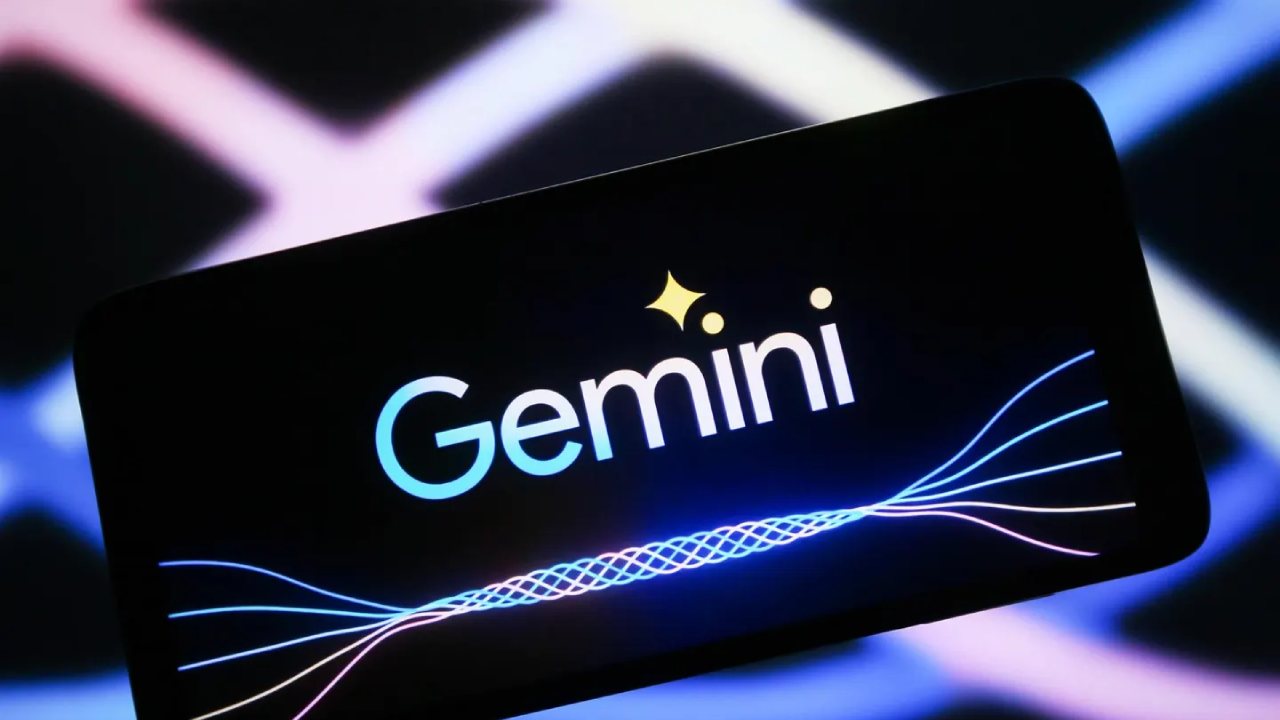Unveiling the Truth: Google Gemini AI Remarkable or Fake?
Readers like you help support Cloudbooklet. When you make a purchase using links on our site, we may earn an affiliate commission.
Artificial intelligence (AI) is a rapidly evolving field that promises to revolutionize various aspects of human life. However, not all AI demonstrations are as impressive as they seem. In this article, we will examine the case of Google’s Gemini AI, a multimodal model that claims to understand and interact with different types of information, such as language and visuals.
We will reveal how Google faked its live demo of Gemini, and why this raises concerns about the transparency and authenticity of AI demonstrations. We will also discuss the implications of this incident for the public perception and expectation of AI capabilities.
Google’s Gemini AI Demo

Google introduced its Gemini AI model through an eye-catching video that showed off its impressive skills in understanding different types of information like language and visuals. The video, titled “Hands-on with Gemini: Interacting with multimodal AI,” quickly became popular, getting millions of views in just one day. In this video, Gemini seemed really good at understanding and responding to things.
The video demonstrated Gemini doing cool things like drawing a duck, recognizing objects, and keeping up with movements in a game. People watching it were amazed by how quickly Gemini seemed to understand and adapt. But the video didn’t accurately show what Gemini can do in real-time.
How Gemini’s Video Was Made
The video was made by using recorded clips to check what Gemini can do. Then, they gave Gemini written cues and pictures from those clips to make it respond. So, the interactions you saw weren’t happening naturally; they were planned ahead.
While Gemini might actually be able to do the things you saw in the video, it couldn’t do them right away as shown. It was like following a script, showing interactions that were quite different from what the model can do in real-time.
Reality Behind the Scenes

The video made it look like Gemini was smoothly understanding everything. But the truth is, the things it did were more planned than spontaneous. For example, in the video, Gemini quickly figured out hand gestures as a game of Rock, Paper, Scissors. But in reality, it needed all three gestures at once and a hint to guess the game.
These differences between what the video showed and what Gemini could actually do raise doubts about how genuine its abilities were. The video made Gemini seem better than it really is, creating a more impressive image than what the model can do naturally.
Misleading Representation
The problem is that what the video showed doesn’t match what Gemini can do in live situations. The title of the video, “Hands-on with Gemini,” and saying these were “our favorite interactions” made it seem like what was shown was real, but it was actually set up on purpose.
Even though the video said it was showing real things Gemini can do, it didn’t explain how much planning and controlling went into making those actions happen. This made people think Gemini could easily do tasks and make smart choices, but that might not be true to what it can really do.
Rethinking AI Demo Transparency
This situation makes us rethink how AI demos are shown and understood. If the video had been said to be more like a display of what’s possible or a test, there might not have been as much disagreement. But because it was shown as direct interactions with the model, it made people believe Gemini could do more than it really can.
The problem here is that not being open about how the demo was made makes us worry about how honest these tech demonstrations are. Should we think that all AI demos, not just Google’s, exaggerate what the technology can do? This makes it clear that when showing AI abilities, it’s important to be straightforward and honest to give people the right idea about what to expect.
Conclusion
In summary, Google’s Gemini AI demo video portrayed interactions that were carefully constructed rather than spontaneous. While the model might possess the showcased abilities, the video’s representation misled viewers about the nature of these interactions.
The discrepancy between scripted prompts and real-time capabilities raises questions about transparency and authenticity in AI demonstrations. This incident calls for clearer communication in presenting AI capabilities to ensure accurate expectations among audiences.
#Unveiling #Truth #Google #Gemini #Remarkable #Fake
